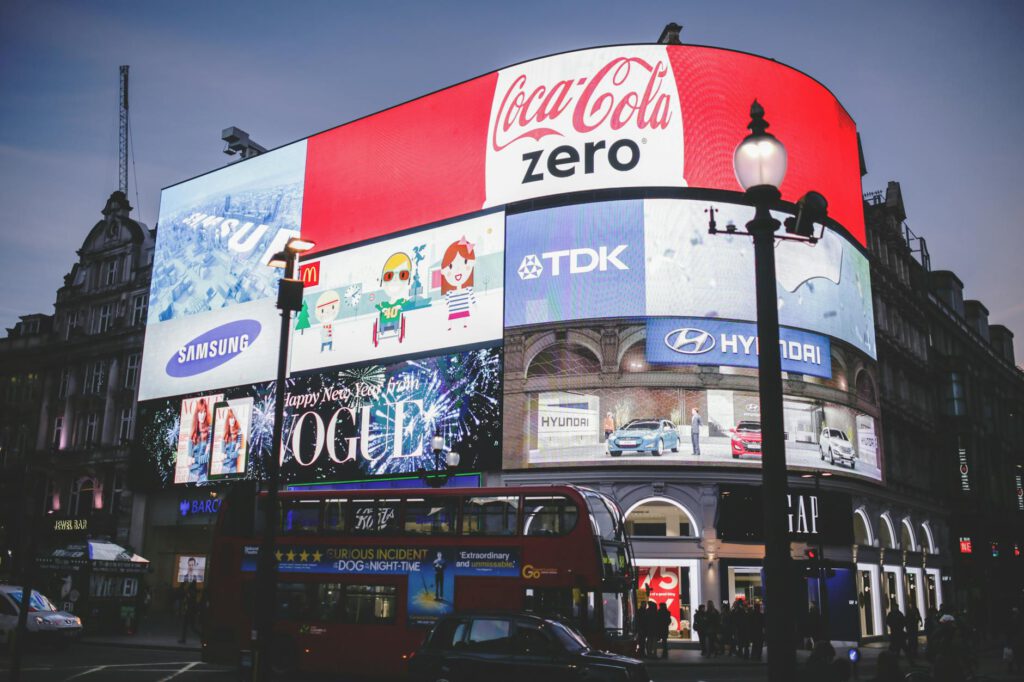Introduction
In today’s competitive retail landscape, brick-and-mortar stores need innovative ways to attract foot traffic and drive sales. Traditional advertising methods like billboards and flyers are becoming less effective, while digital strategies like geofencing ads offer a cost-efficient, hyper-targeted alternative.
Geofencing ads allow businesses to send targeted promotions, discounts, or notifications to potential customers when they enter a predefined geographic area. This guide will explore how small and medium-sized brick-and-mortar stores can leverage geofencing ads without breaking the bank.
What Are Geofencing Ads?
Geofencing ads are location-based marketing campaigns that use GPS or RFID technology to create virtual boundaries around a physical location. When a user enters or exits this boundary, they receive a targeted ad, notification, or offer on their mobile device.
For brick-and-mortar stores, this means reaching nearby shoppers with real-time incentives, increasing the likelihood of in-store visits. Unlike broad digital ads, geofencing ensures your marketing budget is spent only on users who are physically close to your store.
Why Geofencing Ads Work for Brick-and-Mortar Stores
Hyper-Local Targeting
Geofencing eliminates wasted ad spend by focusing on users within a specific radius—whether it’s a few blocks or a mile around your store. This precision ensures your message reaches people who are most likely to visit.
Increased Foot Traffic
A well-timed discount or promotion can nudge indecisive shoppers to step into your store. For example, a coffee shop could send a “20% off your next latte” notification to users near their location during morning rush hour.
Cost-Effective Advertising
Compared to traditional media like TV or print ads, geofencing is significantly cheaper. Small businesses can run campaigns for as little as a few dollars a day while still seeing measurable results.
Competitive Advantage
Many local businesses still rely on outdated marketing methods. Implementing geofencing ads sets you apart and positions your store as tech-savvy and customer-focused.
How to Set Up Geofencing Ads on a Budget
Step 1: Define Your Goals
Before launching a campaign, identify what you want to achieve:
– Increase foot traffic? Offer time-sensitive discounts.
– Boost brand awareness? Use engaging visuals and store info.
– Promote an event? Send reminders to nearby users.
Step 2: Choose Your Geofencing Platform
Several affordable tools cater to small businesses:
– Google Ads (Location Extensions & Local Campaigns) – Ideal for beginners.
– Facebook/Instagram Ads (Location Targeting) – Great for social media-savvy audiences.
– Simpli.fi or GroundTruth – Specialized platforms for advanced geofencing.
Step 3: Set Your Geofence Radius
The optimal radius depends on your store’s location:
– Dense urban areas: 0.1–0.5 miles (high foot traffic).
– Suburban areas: 1–3 miles (driving distance).
– Events or competitors: Geofence nearby venues to capture their visitors.
Step 4: Craft Compelling Ads
Your message should be concise and action-driven:
– Example for a retail store: “You’re 200 feet away! Get 15% off today only—show this ad at checkout.”
– Example for a restaurant: “Hungry? Stop by for a free appetizer with any entrée!”
Step 5: Measure and Optimize
Track key metrics like:
– Impressions – How many people saw your ad.
– Click-through rate (CTR) – How many engaged with it.
– Foot traffic conversions – Use promo codes or check-ins to measure visits.
Adjust your geofence size, messaging, or timing based on performance.
Best Practices for Geofencing Success
Target Competitor Locations
Set up geofences around rival stores to capture their customers with better offers. For example, a boutique could target a nearby mall with: “Skip the crowds—enjoy 10% off at our cozy downtown location!”
Use Time-Sensitive Offers
Create urgency with limited-time promotions:
– “Flash sale: 30% off for the next 2 hours!”
– “Happy hour starts now—$5 cocktails until 7 PM!”
Combine with Retargeting
Not every user will visit immediately. Retarget those who entered your geofence but didn’t convert with follow-up ads.
Leverage Weather Triggers
Pair geofencing with weather data. A sporting goods store could promote umbrellas on rainy days or sunscreen during heatwaves.
Affordable Tools for Geofencing Ads
- Google Ads (Local Campaigns) – Easy to use, integrates with Google Maps.
- Facebook/Instagram Ads – Great for visual promotions.
- Yelp Ads – Targets users searching for local businesses.
- Foursquare Ads – Taps into location check-in data.
- Thryv or Uber Ads – Budget-friendly options for small businesses.
Common Mistakes to Avoid
- Setting Too Large a Geofence – Wastes budget on uninterested users.
- Generic Ad Copy – Personalize messages for higher engagement.
- Ignoring Analytics – Regularly review performance to refine campaigns.
- Over-Messaging – Avoid spamming users with too many notifications.
Frequently Asked Questions
How much do geofencing ads cost?
Costs vary by platform, but small businesses can start with $5–$20 per day. Google and Facebook often charge per click (CPC) or impression (CPM).
Do users need an app to receive geofencing ads?
No. Most geofencing ads work through mobile browsers, Google Maps, or social media apps.
Can I geofence multiple locations?
Yes. Platforms like Simpli.fi allow multi-location geofencing for chains or franchises.
How do I measure ROI?
Track in-store promotions (e.g., “Mention this ad for 10% off”), use QR codes, or monitor foot traffic spikes via Wi-Fi analytics.
Are geofencing ads intrusive?
When done right, they provide value (e.g., discounts). Always comply with privacy laws like GDPR or CCPA.
Conclusion
Geofencing ads offer brick-and-mortar stores a low-cost, high-impact way to attract nearby customers. By targeting the right audience with compelling offers, even small businesses can compete with larger retailers. Start small, test different strategies, and refine your approach based on data.
With the right tools and tactics, geofencing can turn passing shoppers into loyal customers—one well-timed notification at a time. Ready to boost foot traffic? Set up your first geofence today!

